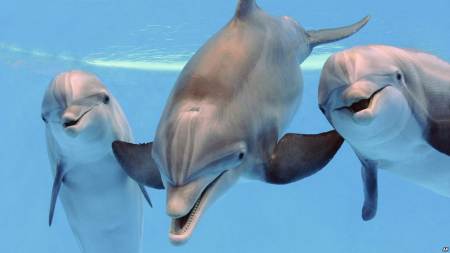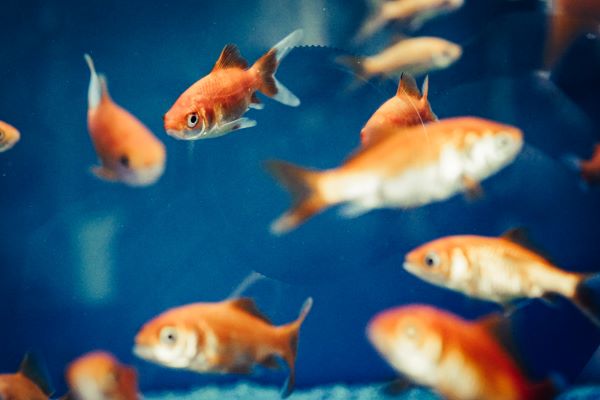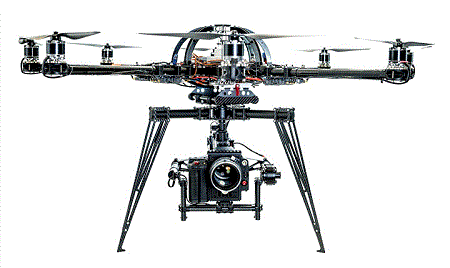Using unoccupied aerial system (UAS), or drone, photographs, researchers from the University of Hawai‘i (UH) at Mānoa School of Ocean and Earth Science and Technology (SOEST) are now able to determine the age-structure of free-ranging dolphin groups.
This work will aid monitoring the health of dolphin populations and inform timely conservation efforts. The findings of the study that developed and applied this new technique were recently published in Ecology and Evolution.
When dolphins come to the surface to breathe, they expose their blowhole and dorsal fin. By measuring the distance between the two, researchers can estimate their total body length. Since total length is related to age, the international team of researchers, led by scientists at the Hawai‘i Institute of Marine Biology (HIMB) in SOEST, developed a technique of inferring age based on length for each measured dolphin within a group.
“This method can help us quantify the age-structure of free-ranging populations,” said Fabien Vivier, lead author of the study and marine biology doctoral candidate in the Marine Mammal Research Program at HIMB. “Healthy dolphin populations usually contain a certain proportion of newborn, immature, and mature animals, while deviances from this distribution may be interpreted as a population growth or decline.”
Previous studies documented encouraging results of using drone photography to study and measure the size and body condition of large whales. However, no studies had applied this approach to assessing small dolphins, such as bottlenose dolphins.
“Because it is difficult working with free-ranging animals, we could not be sure if it would work out as planned,” said Vivier.
To understand whether analyzing UAS photos would be reliable for estimating the length of free-swimming dolphins, the researchers collaborated with Dolphin Quest O‘ahu and tested the method on their bottlenose dolphins. They then tested the approach in estimating the age-class of free-ranging dolphins by collaborating with the Sarasota Dolphin Research Program in Florida, the world’s longest-running dolphin research project.
- Eurekalert







